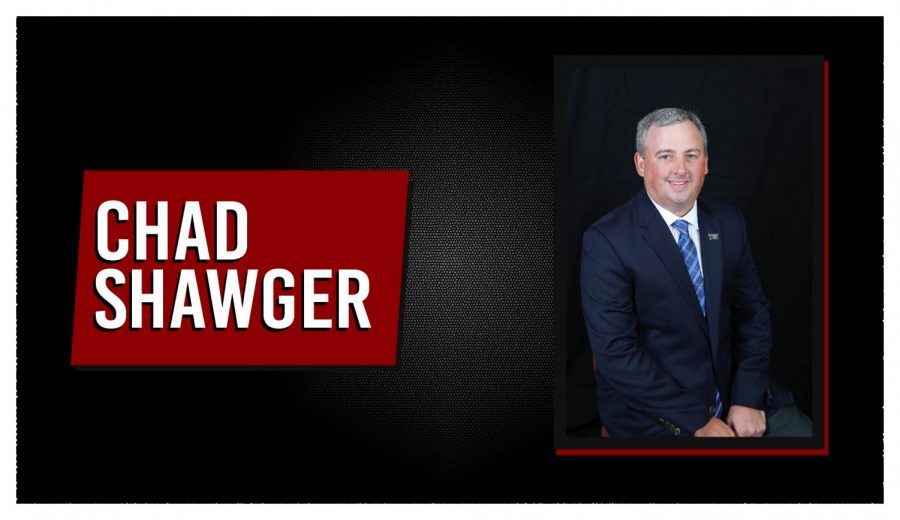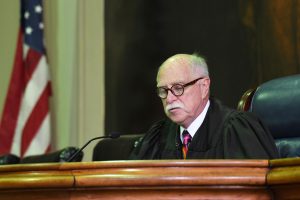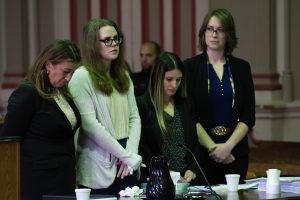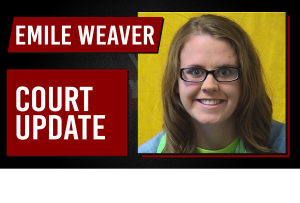West Muskingum superintendent fighting injustice after district hit hard by budget cuts
May 6, 2020
With the state publicizing the amounts school districts across the state are expected to lose in the coming months due to Governor Mike DeWine’s budget cuts, West Muskingum Local Schools are projected to be one of the hardest-hit in the entire state.
Chad Shawger, Superintendent of West Muskingum, told Y-City News that “once again, West Muskingum gets cut more severely than anyone through a funding formula that over-relies on property taxes.”
In fact, West Muskingum is the third highest in the state when ranked by reductions as a percentage of operating expenditures, placing them only behind Highland Local (Medina County) and East Knox (Knox County). While DeWine announced Tuesday that cuts would be roughly 3.75 percent of a district’s state funding, West Muskingum lost nearly seven percent, $362,306 in total.
The issue stems from a long-debated practice, one in which schools are primarily funded by the property taxes of citizens living within the district. The practice was ruled unconstitutional by the Ohio Supreme Count in 1997 by DeRolph v. State of Ohio, however, the state legislature has failed to act, leaving many poorer districts at the mercy of a state funding formula which often picks winners and losers and leaves children with vast differences in the quality of their education.
“When I first came here, we had to reduce staff by 10, and those people haven’t been added back,” said Shawger when explaining the financial challenges his district has had to make over his tenure.
While the state estimates West Muskingum will have somewhere around $500,000 at the end of June, Shawger says that figure is likely to be more toward the ballpark of $150,000, a figure which places the district far below its local peers. Tri-Valley, to its north, will likely have almost $14 million and Zanesville, as well as Maysville, to its east and south respectively, near $5.5 million.
The state will argue that West Muskingum is capable of raising funds through levies, thus its formula penalizes the district, but it’s something Shawger calls “fake wealth,” as the district has struggled to successfully raise funds over the past decades. Election results from the Muskingum County Board of Elections show a continual struggle to raise levies that the state’s formula believes it can.
“The funding formula works great when you’re talking about Upper Arlington or Granville. Those people that can truly afford to rely on local property taxes, West Muskingum cannot, but the state funding formula has forced us to. That’s why everyone sees West Muskingum with levies on the ballot more frequently than anyone else around you,” Shawger added.
Paolo A. DeMaria, the State Superintendent of Public Instruction, said in an email to superintendents Wednesday that “it appears that the approach that OBM landed on is an equalized per-pupil reduction approach that uses the inverse of the state share index.”
This means that those districts which receive a larger portion of their budget from the state received fewer cuts, while districts that receive less from the state received more cuts.
“They used an unconstitutional school funding formula to determine the severity of the cuts,” said Shawger.
West Muskingum receives 32 percent of its funding from the State.
The struggle for many districts across the state is that the cuts come from payments that are received in May and June during the last two months of the district’s fiscal year which makes it difficult to cut staff, programs, or other costs to offset the loss in funding. DeWine choose not to pull from the state’s Budget Stabilization Fund, often referred to as the “Rainy Day Fund,” a decision based on his concern that the economic crisis might last multiple years but an action that had many across the state in various agencies and entities struggling to find the necessary cash to operate.
“If this isn’t the time to use the rainy day fund, I don’t know when is. I get that this isn’t going to be a quick process, but it’s a rainy day right now,” said Shawger, expressing concern about how districts like his can make it through till the end of June.
The State requires that school districts create a five-year-forecast — a financial document that gives a school board and many other decision-makers a look into the future. West Muskingum’s treasurer, Kimberly Downs, is left trying to create an accurate forecast for July and the upcoming school year, without a word by the state on cuts DeWine said he is “heavily,” considering to balance the state budget.
“How do you plan for complete unknown situations,” said Shawger in reference to comments made Tuesday by DeWine that school might resume in the fall only operating two days a week. “How in the world do you plan for that,” Shawger expressed as he also discussed the looming fiscal cuts DeWine is likely to make in the coming weeks or months, which is likely to continue to affect West Muskingum.
For Shawger, he said he won’t stop fighting the injustice of how schools are funded that adversely affect his district, but he also won’t let students feel the burden for which they are the unjust recipients.
“We will give them the best education we can, the best facilities we can, and that’s why we went out and raised $1.2 million dollars to build them a football stadium and track, with not one cent of district money, we still got it done,” said Shawger.
Below is the list of each Muskingum County School and its total reduction along with state estimated cash balances for the end of June.
- Maysville $240,535 (FY20 Cash Balance: $5,581,906)
- Zanesville $520,760 (FY20 Cash Balance: $5,516,541)
- Franklin $378,446 (FY20 Cash Balance $6,311,100)
- Tri-Valley $529,739 (FY20 Cash Balance $13,758,478)
- East Muskingum $404,027 (FY20 Cash Balance $4,185,839)
- West Muskingum $362,306 (FY20 Cash Balance $554,602)

















West M resident • May 7, 2020 at 9:13 pm
Chad Shawger is spot on in this article. If you live in West M area reach out to State Rep Adam Holmes who is up for reelection and Senator Tim Schaeffer. Gov Dewine and Amy Acton has ruined our economy with their unrational decisions over Acton’s guestimation. Have you seen any of them step up and take a pay cut from their 6 figure salaries. Shawger is right, Supreme Court ruled this is unconstitutional but Ohio politicians continue to sit back and do nothing while collecting their paychecks. It’s time to stop being sheep and vote any rep, senator or governor, Democrat or Republican out that continues with the status quo of what they are elected to do. Why is it so easy to cut education in this
state when we have 2 billion dollars in the rainy day fund?
Brent Redfern • May 7, 2020 at 7:11 pm
Where is all the lottery monies going? When they had lottery on ballet they said money would go schools!
Marianne Ritchie • May 7, 2020 at 9:33 am
If schools didn’t pay administrative six figure salaries, then maybe those people could come back to work! So, why are they buying books and paper supplies when everything can be put on computer? Utilities should be negotiated to be free! After all their children go to the schools! Cost of maintaining buses and insurance is a huge cost. Negotiate with the companies, they would be falling over each other for the contracts! Anyone who makes Six figure salaries to sit behind a desk while secretary does the bulk of the work, HIRE THE SECRETARY AT HER CURRENT SALARY! Why is it only property owners paying the bill? Why are property owners carrying everyone else!